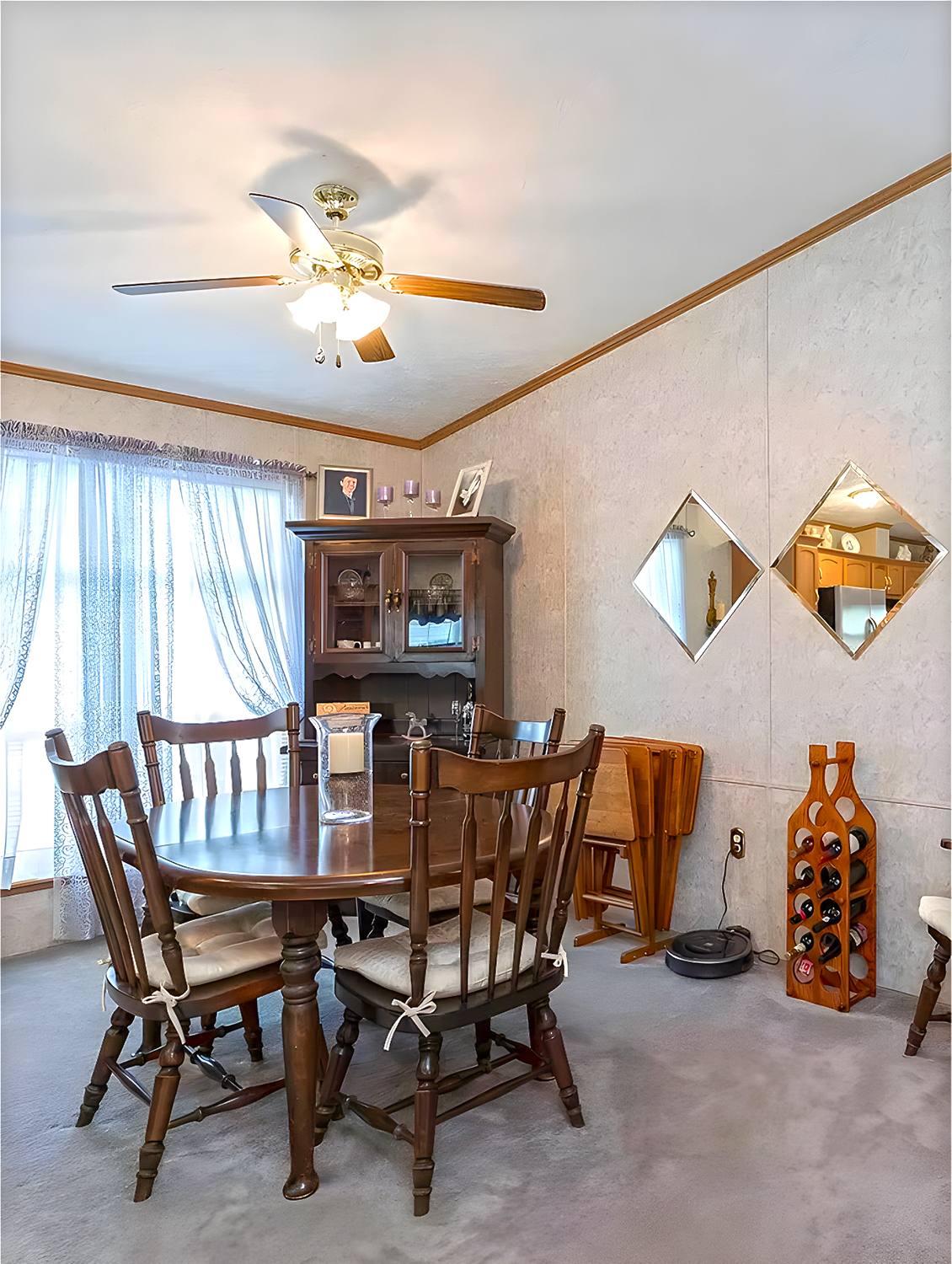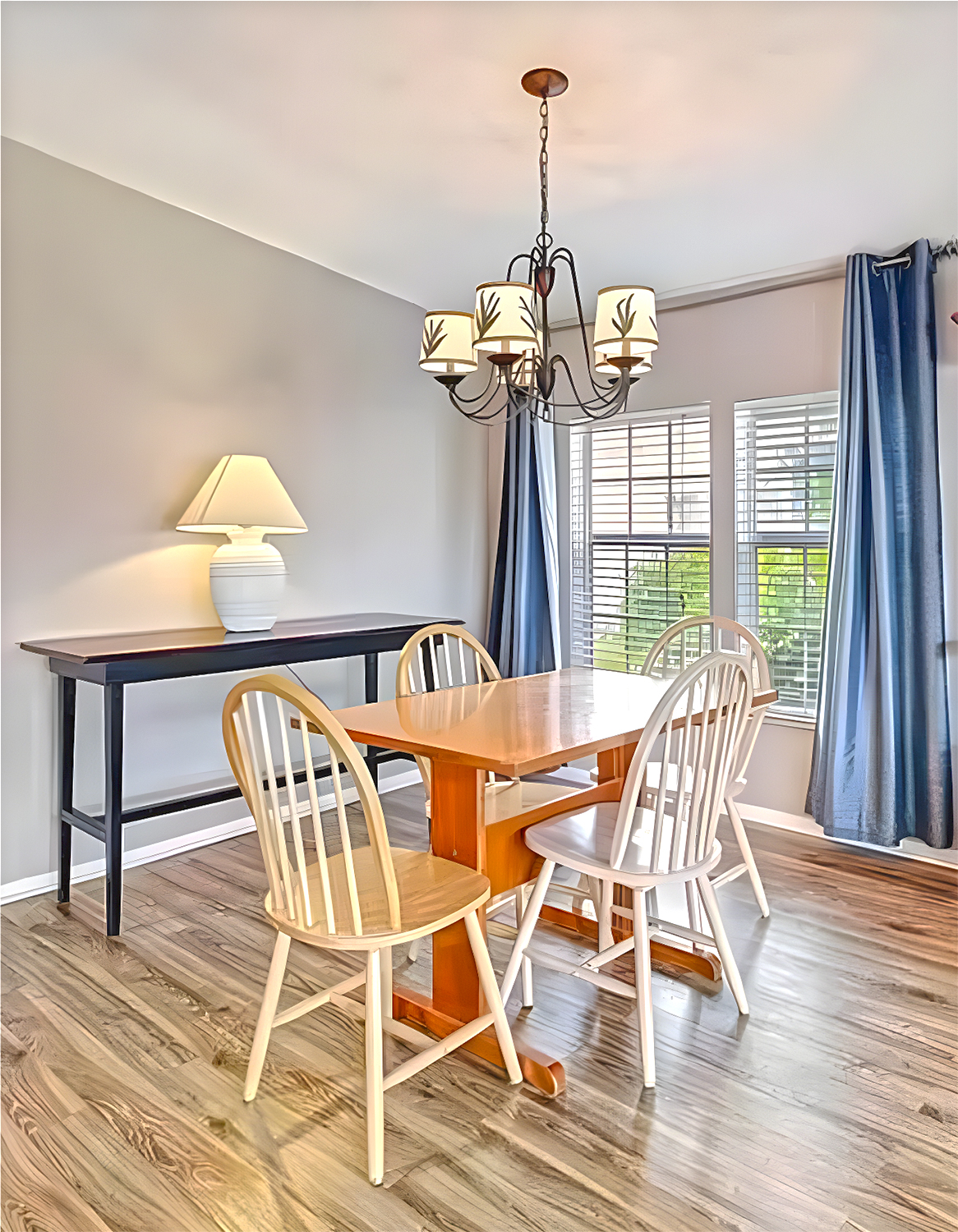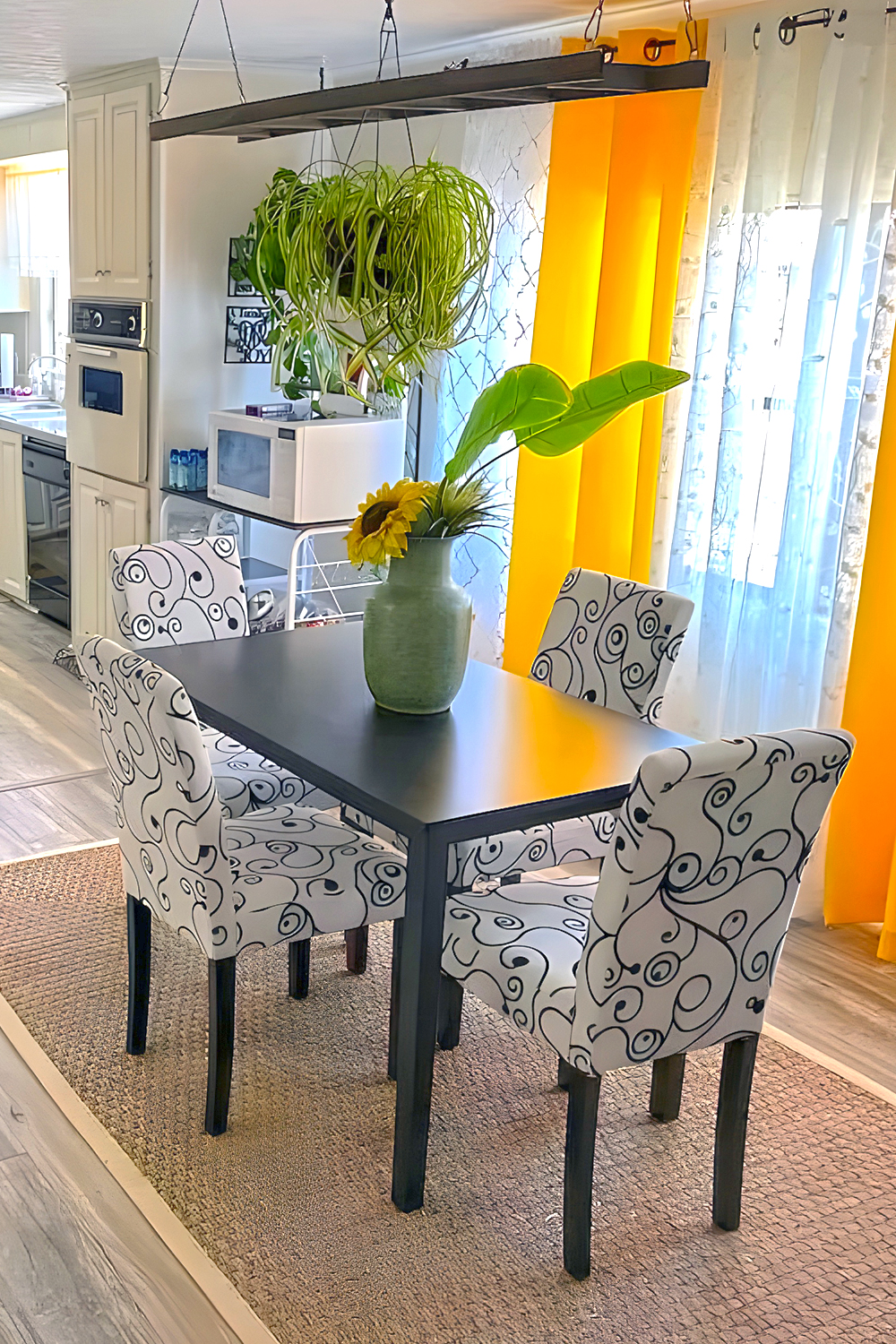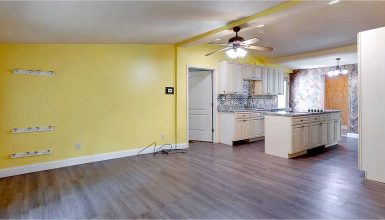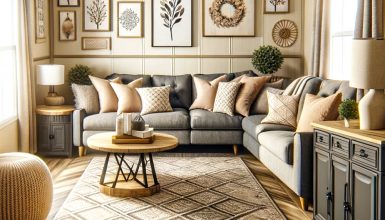Decorating a mobile home dining room is both a fun challenge and a chance to get creative. These spaces often have less room than traditional homes. This means every choice, from color to furniture, needs to work extra hard. The right decor can do two big things. First, it can make the room look great. Second, it can make the space more functional.
Think about it. In a smaller area, every inch counts. So, picking items that are nice to look at and serve a purpose is key. For example, a table that also has storage can hide away linens or cutlery. Bright colors or mirrors can make the room feel bigger and more welcoming. Here are some great ideas to transform your dining area:
1. Embrace Light and Color
Light colors are like magic for small spaces. They make rooms look bigger and brighter. Think of painting your walls in soft whites, creams, or pale blues. These shades reflect light, making your dining area feel open and airy. When choosing the decor, go for items in similar light tones or add pops of bright color to keep things lively. A light-colored rug or tablecloth can also do wonders to brighten up the room.
2. Incorporate Mirrors
Mirrors are not just for checking your look. They can transform your dining space. A well-placed mirror reflects light and the view, doubling the room’s visual size. Put a large mirror on a wall facing a window for the most significant impact. This bounces light around and brings a bit of the outdoors inside. There are mirrors for every style, from sleek modern designs to ornate vintage looks. Choose one that matches your decor to add function and beauty to your dining area.
3. Smart Furniture Choices
Furniture that does double duty is perfect for mobile home dining rooms. Look for tables with drawers for storing placemats and silverware. Benches with hidden storage are great for tucking away extra dishes or linens. And when it comes to saving space, think about a drop-leaf table. You can extend it for meals and fold it when you need more room. Opting for chairs that can stack or fold is another smart move. They’re easy to stow away when you’re not using them, keeping your dining area neat and spacious.
4. Fold-Away Dining Solutions
Fold-away dining options are game changers in small spaces. Imagine a table that hangs on the wall and folds down when it’s time to eat. It’s there when you need it and out of the way when you don’t. Chairs can also fold neatly on a wall rack or in a closet. Some designs are so sleek they look like art when folded up. This smart use of space means your dining area can also be a yoga spot, a home office, or whatever else you need.
5. Utilize Vertical Space for Storage
When floor space is tight, look up. Walls offer valuable storage space without making your dining area feel cramped. Floating shelves are perfect for keeping dishes, glasses, or your favorite decor pieces. They keep things within reach but out of the way. Try hanging shelves at different heights for a more dynamic look. You can even add hooks underneath for hanging mugs or utensils. This way, every inch of your dining room works hard, but it still feels open and tidy.
6. Statement Lighting
Lighting is more than just a way to see your dinner. It sets the mood and can be the centerpiece of your dining room. A bold pendant light or a chic chandelier adds style and drama. Plus, it draws the eye up, making the room feel taller. When picking out a fixture, think about the look you want. Something sleek and simple? Or big and bold? Dimmer switches are great, too. They let you adjust the light from bright for cooking to soft and cozy for dining. Good lighting can turn even the simplest meal into a special occasion.
7. Rugs and Textiles for Warmth and Texture
Rugs and textiles are like the cozy sweaters of home decor. They make any space feel warmer and more welcoming. For your dining room, choose a rug that’s big enough to fit under your table and chairs, even when the chairs are pulled out. It unites everything and prevents chair legs from getting caught on the edges. Material matters, too. Go for something easy to clean — dining rooms see their fair share of spills. Wool is durable, while synthetic fibers are a breeze to maintain. Then, layer in textiles like cloth napkins, a table runner, or seat cushions. They’re an easy way to add splashes of color and texture, making your dining space more inviting and comfortable.
8. Introduce Plants and Greenery
Plants bring life into any room, including your dining area. They clean the air, add a splash of color, and can even boost your mood. Low-maintenance options like snake plants, pothos, or peace lilies are great because they don’t need much light or water. This makes them perfect for spaces without big windows. For a bit of fun, try hanging planters or a small herb garden on a windowsill. Not only do they look great, but you’ll also have fresh herbs on hand for cooking. Choose planters that match your room’s style. From sleek and modern to rustic and cozy, the right pot can make your plant part of the decor.
9. Personalize with Wall Art
Wall art is your chance to show off what makes you, well, you. It’s like the finishing touch that ties the whole room together. When picking art, think about what you love. Is it bold, colorful paintings? Black and white photos? Maybe it’s vintage posters or hand-made crafts. Whatever you choose, make sure it speaks to you. It’s your dining space, after all. For hanging, try to keep art at eye level for easy viewing. Is it creating a gallery wall? Start with the largest piece in the center and work your way out. This keeps it balanced. Mix sizes and frames for a dynamic look, but keep some elements consistent for harmony. Remember, there’s no right or wrong here. It’s all about what makes you happy every time you see it.
10. Choose the Right Window Treatments
Window treatments are more than just decorating. They control light, offer privacy, and add a layer of texture. You want to let in as much light as possible for a mobile home dining area without turning your space into a fishbowl. Sheer curtains can be perfect. They let light in while softening the look of the windows. For more privacy, consider light-filtering blinds or shades. They can be adjusted to let in light but keep prying eyes out. When choosing styles, think about your home’s vibe. Simple, clean lines work well for a modern look, while soft, flowing fabrics can add a touch of elegance to traditional spaces. The right window treatments pull the room together, making it feel finished and cozy.


